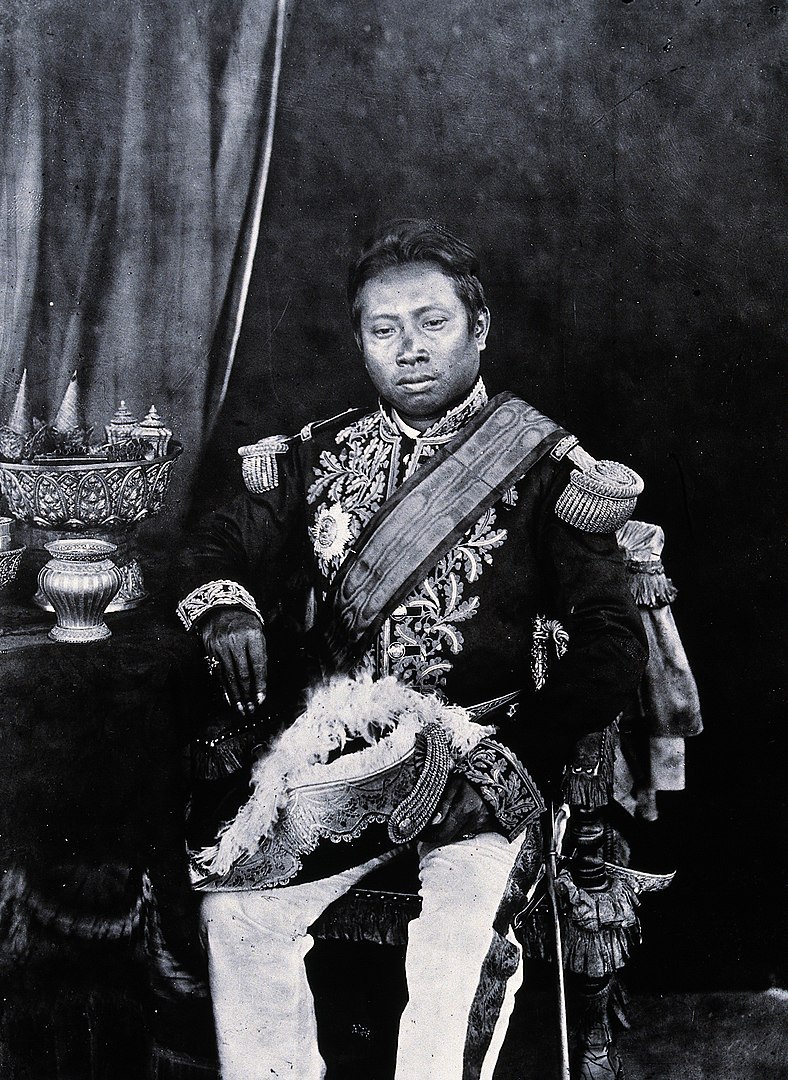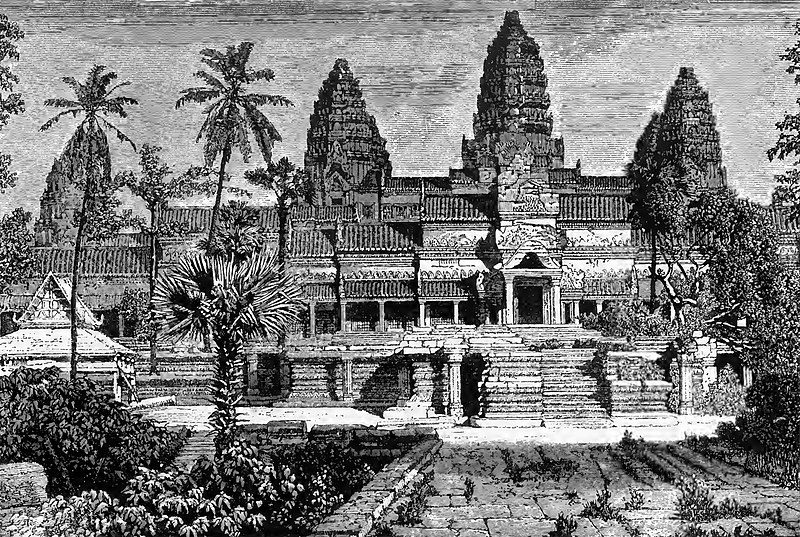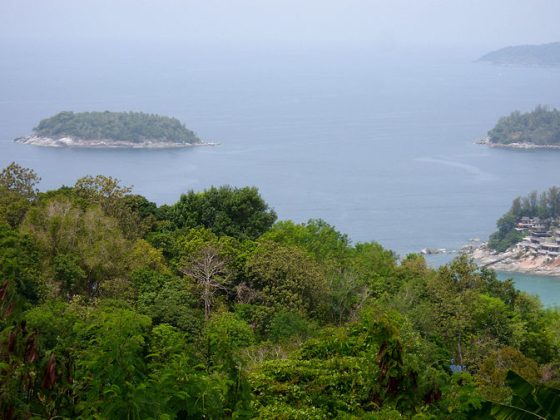Known as the gateway to the famed Angkor Wat, Siem Reap is an ideal place to visit and explore in northwest Cambodia though it helps to know a bit about its history; read on to find out more.

The Khmer Empire
From the 9th to the 15th centuries, this region served as the capital of what was known as the Khmer Empire; it was during this time that Angkor Wat and other stunning temples were constructed. The remarkable ruins that you see today provide fascinating insights into a highly developed kingdom centred around religious and cultural values as well as featuring awe-inspiring architectural skills.
King Ang Chan
In the 16th century, Cambodian King Ang Chan was forced to give up the throne after being usurped by his brother; he fled to Thailand (then known as Siam) though subsequently returned, raised an army, and reclaimed the throne. Following this, a Thai army was sent against King Ang Chan, but he defeated it and the area where he was victorious was called “Siem Reap” which translates to “Siam defeated”.
The French
Cambodia faced invasions from Vietnam and Thailand from the 16th to 19th centuries and lost territory as well. A notable event took place in 1863 when King Norodom of Cambodia signed a treaty with the French and the country became a French protectorate which helped it repel invasions from its neighbours.
However, Siem Reap, Sisophon and Battambang were part of what was called “Inner Cambodia” which came under the Siamese administration from 1795 till 1907 before being ceded to French Indochina. Interestingly, the French influence can still be seen in Siem Reap at its Old French Quarter where you will find hotels like FCC Angkor by Avani that occupy a historic neo-colonial-style mansion.
The Angkor Ruins
A key part of the local history is linked to the re-discovery of the Angkor monuments and temples in Siem Reap; attractions like these were “lost” from the world at the time, though all that changed when the École Française d’Extrême Orient funded an expedition to the area in 1901. What they uncovered was to become one of the greatest archaeological finds and today, the Angkor Archaeological Park is a UNESCO World Heritage Site that’s not to be missed.
Subsequent Periods
World War Two and the Vietnam War caused much destabilisation in the region, and this led to King Norodom Sihanouk of Cambodia seeking and gaining independence in 1953 from the French. The nation prospered though the subsequent rise and rule of the Khmer Rouge saw the country face much hardship too.
Following Vietnam’s invasion in 1979, the Khmer Rouge regime fell, though battles continued in parts of the country, especially in the north and northwest areas including Siem Reap. By 1999 however, most of the Khmer Rouge members were captured or had surrendered and Cambodia experienced more peaceful times again.
Siem Reap Today
Having stood the test of time, wars, and invasions, Siem Reap today is one of the most captivating destinations in Cambodia. While Angkor Wat may have been instrumental in putting it on the map for tourism, visitors to the city will soon find there’s much more to discover here. From cultural experiences and old-world French colonial charm to idyllic natural beauty and dining and shopping hotspots, it offers a truly unforgettable holiday.











